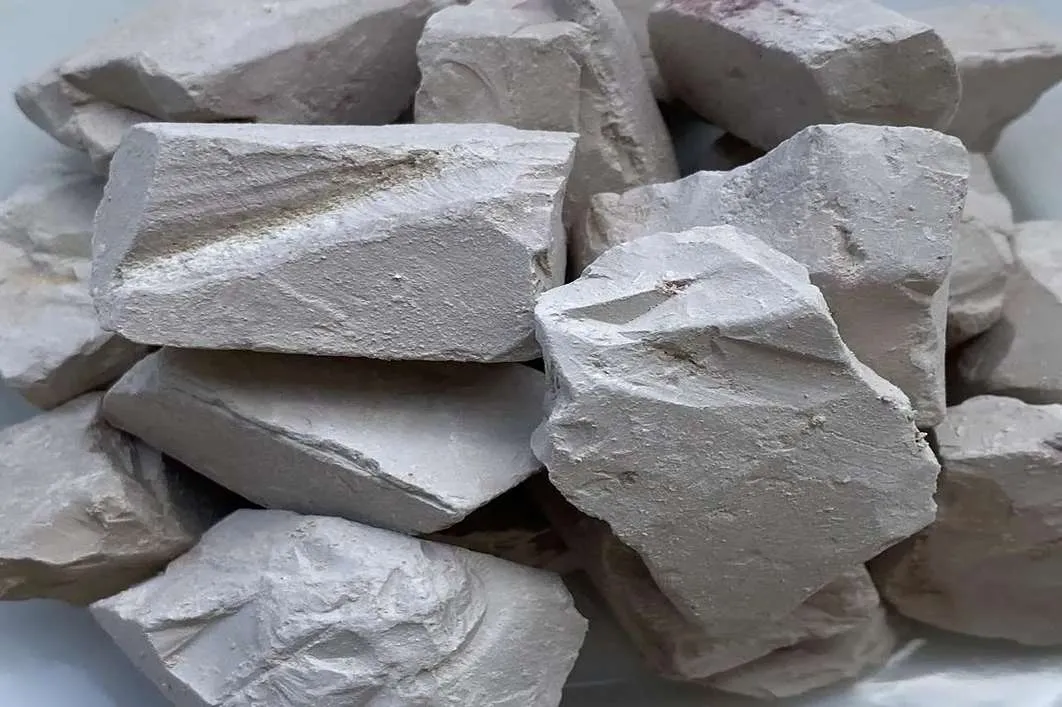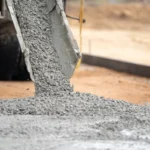Kaolin, also known as china clay, is a naturally occurring clay mineral composed primarily of kaolinite, a hydrous aluminum silicate. It is typically found in the earth’s crust and is widely distributed geographically. Kaolin is produced through the weathering of aluminum silicate minerals such as feldspar.
Kaolin has several uses across various industries:
- Ceramics: Kaolin is a key ingredient in the production of ceramics, including porcelain, tiles, and sanitary ware. It is used as a filler and a binding agent in ceramic formulations, contributing to the shaping, strength, and whiteness of the final products.
- Paper Industry: Kaolin is extensively used in the paper industry as a coating and filler material. It enhances the smoothness, brightness, and printability of paper products while also improving ink receptivity.
- Paints and Coatings: Kaolin is a common filler in paints, coatings, and primers. It serves as an extender, reducing the amount of expensive pigments needed while providing desirable properties such as opacity, gloss control, and viscosity.
- Plastics and Rubber: In the plastics and rubber industries, kaolin is employed as a reinforcing agent and filler. It improves the mechanical properties of plastics and rubber products while also enhancing their resistance to heat and chemicals.
- Pharmaceuticals and Cosmetics: Kaolin is utilized in pharmaceuticals and cosmetics for its absorbent and bulking properties. It is found in products such as face masks, powders, creams, and toothpaste.
- Construction: Kaolin is sometimes used in the construction industry as a filler in cement and concrete formulations to improve workability and reduce shrinkage.
Overall, kaolin is a versatile mineral with a wide range of industrial applications, owing to its unique properties such as fine particle size, chemical inertness, and high plasticity.

 |
|  |
| 
